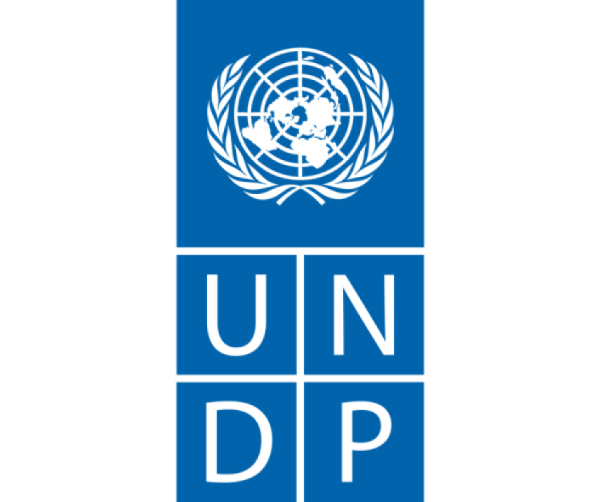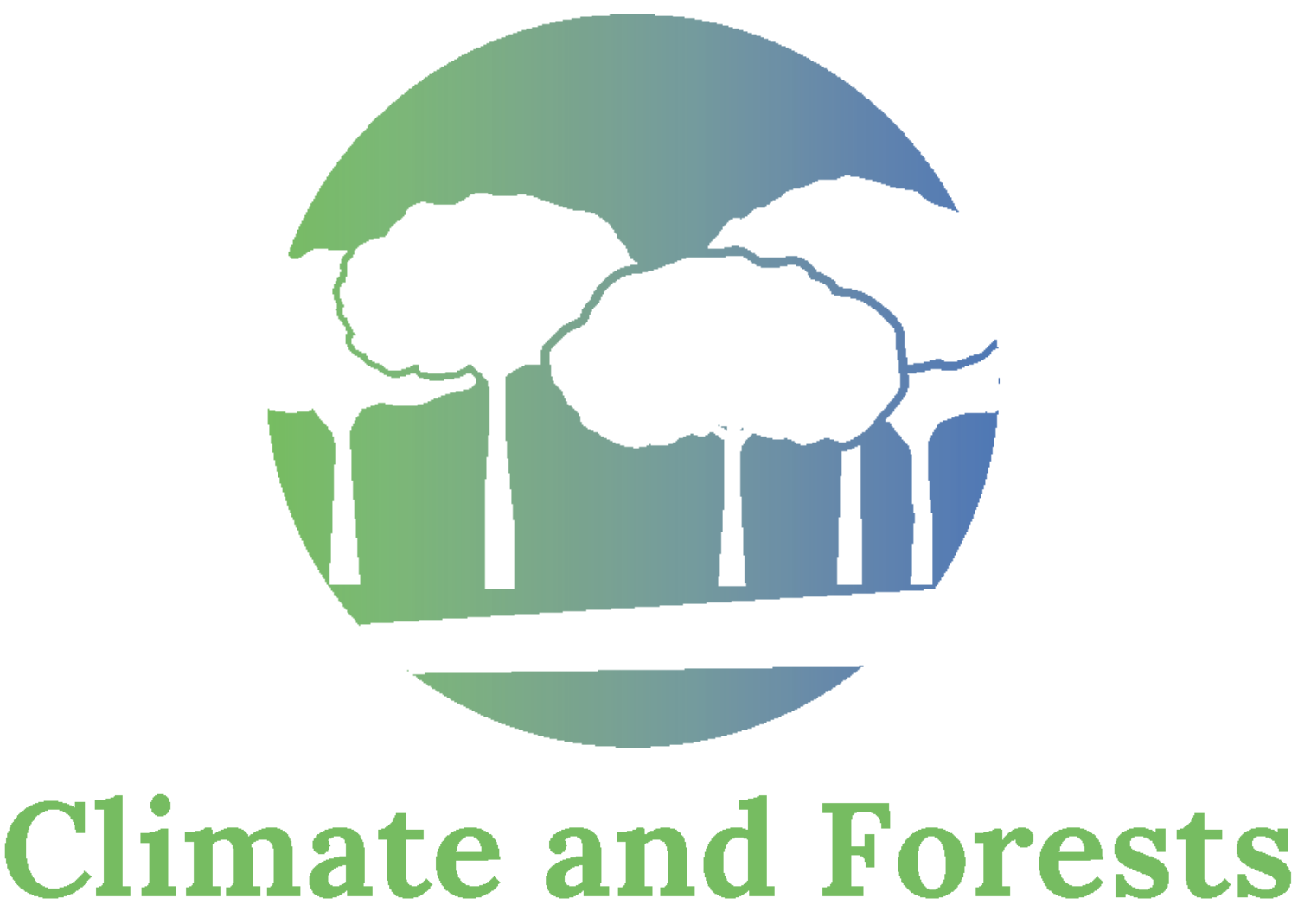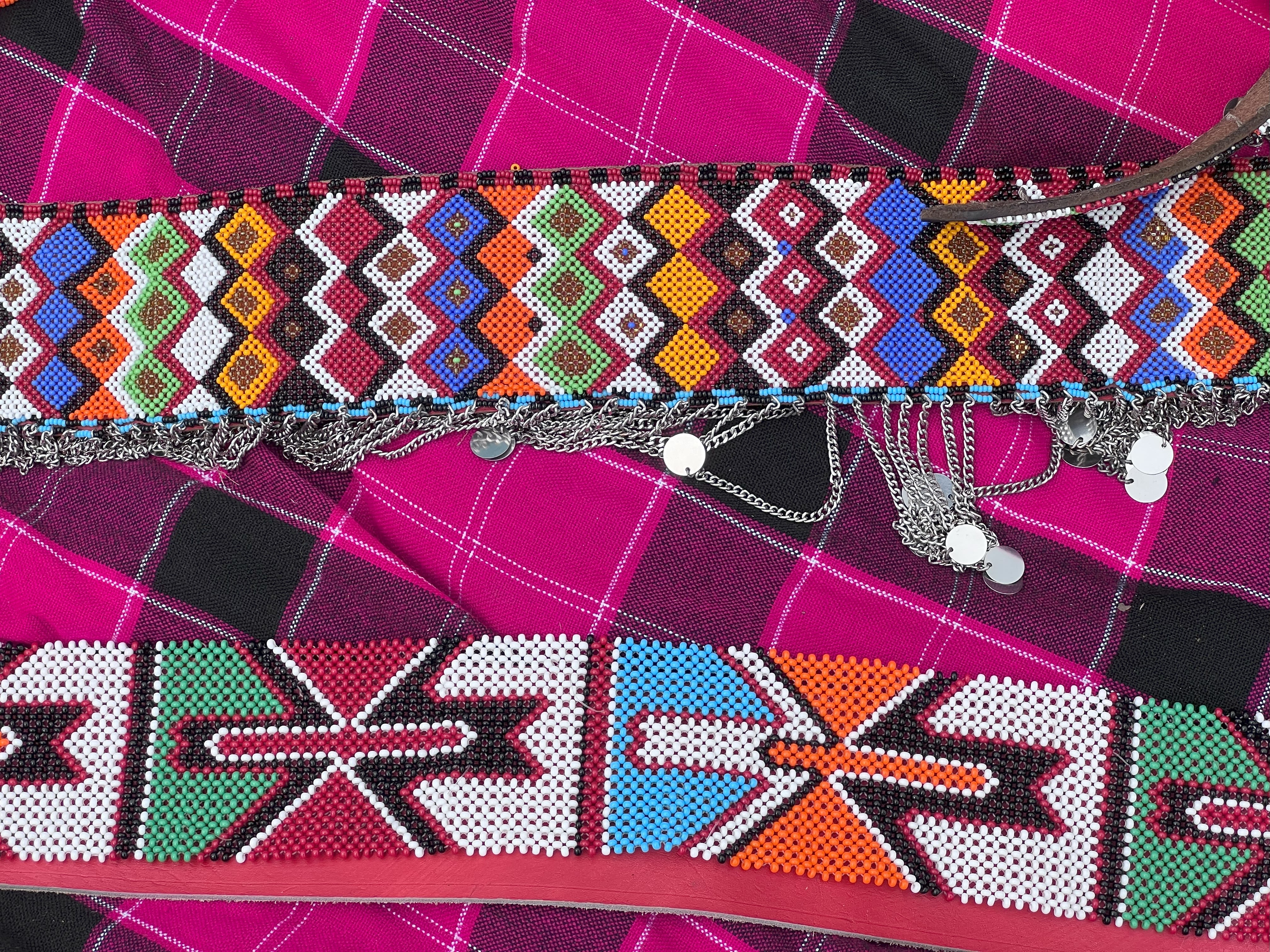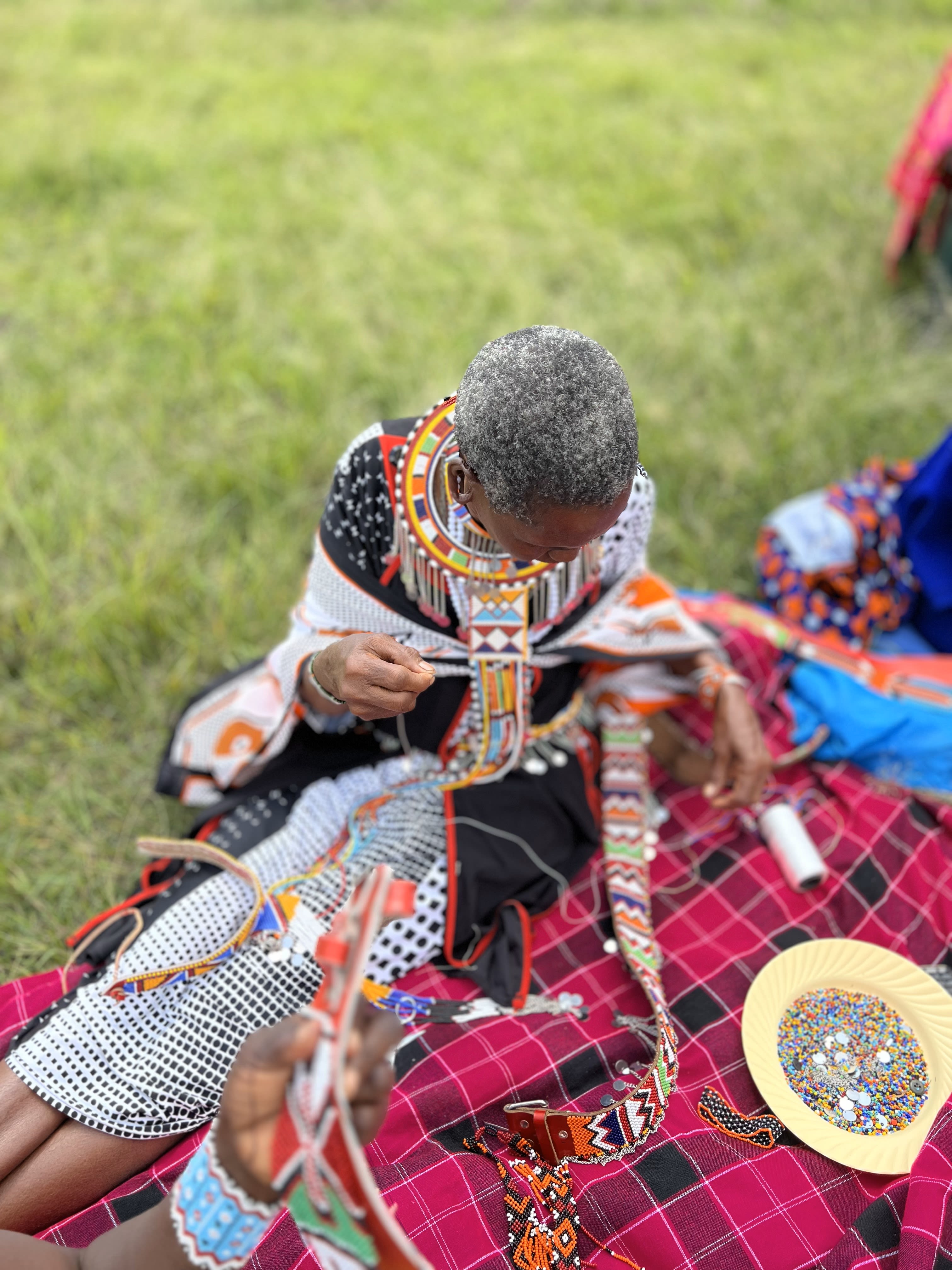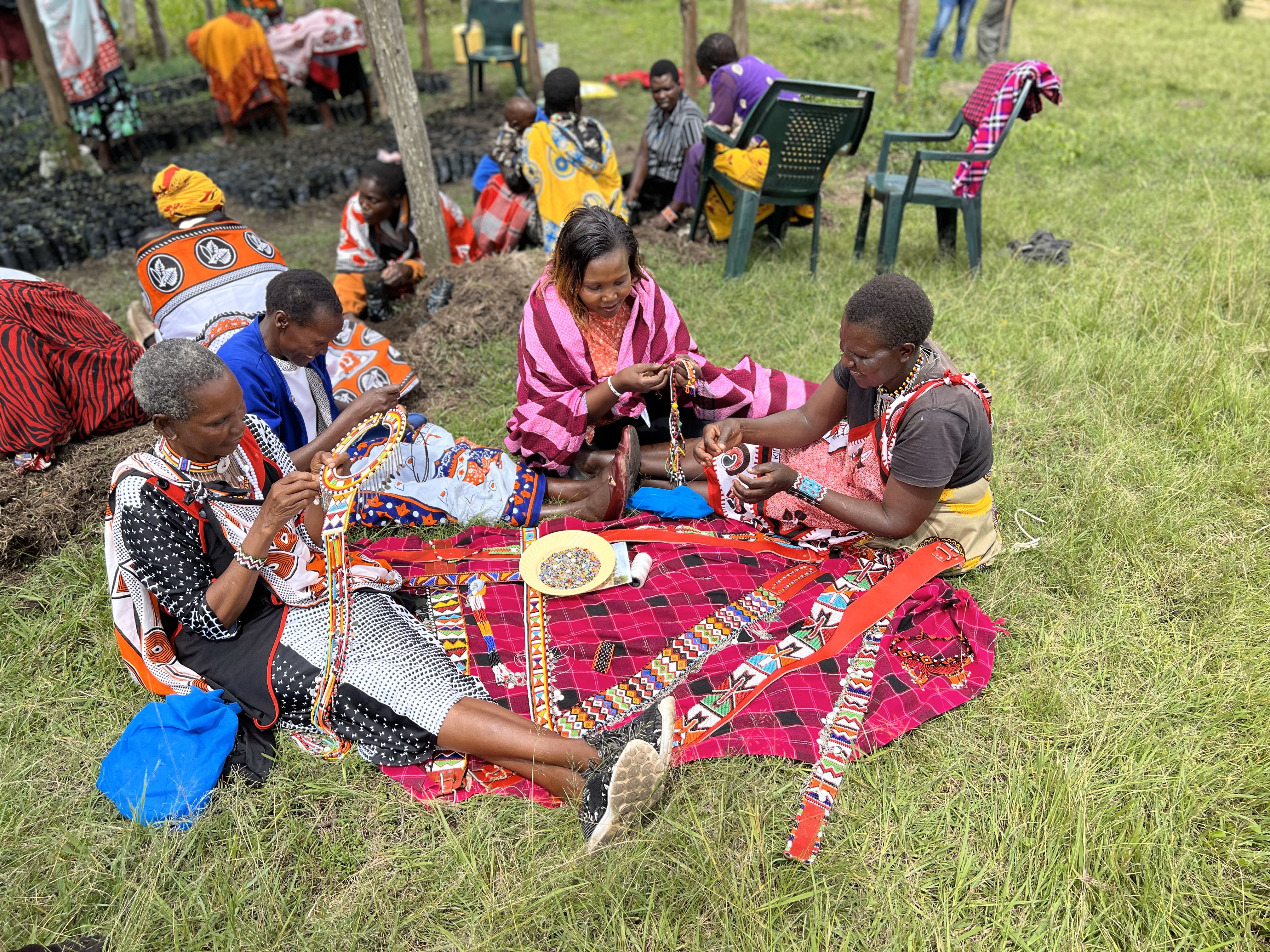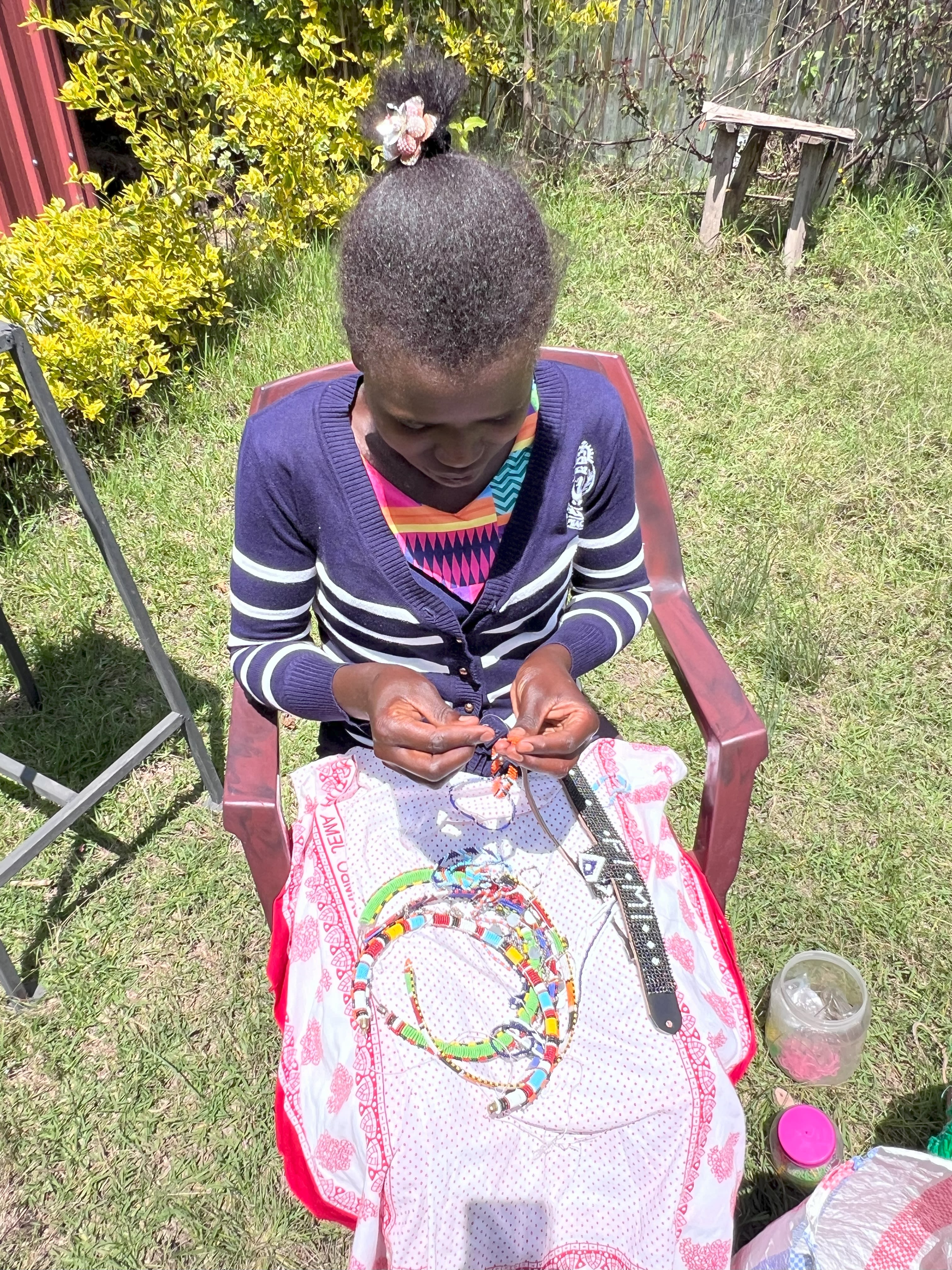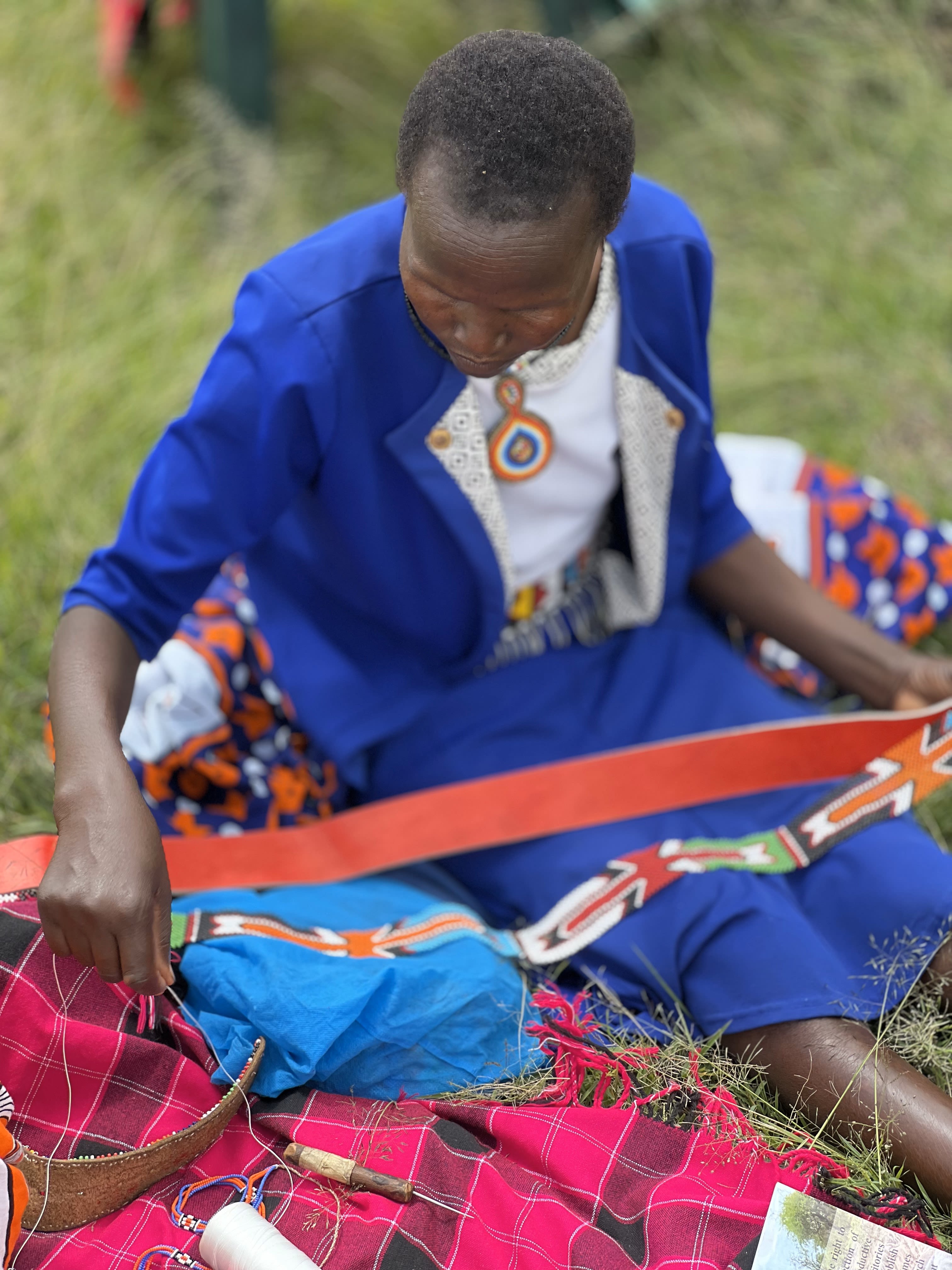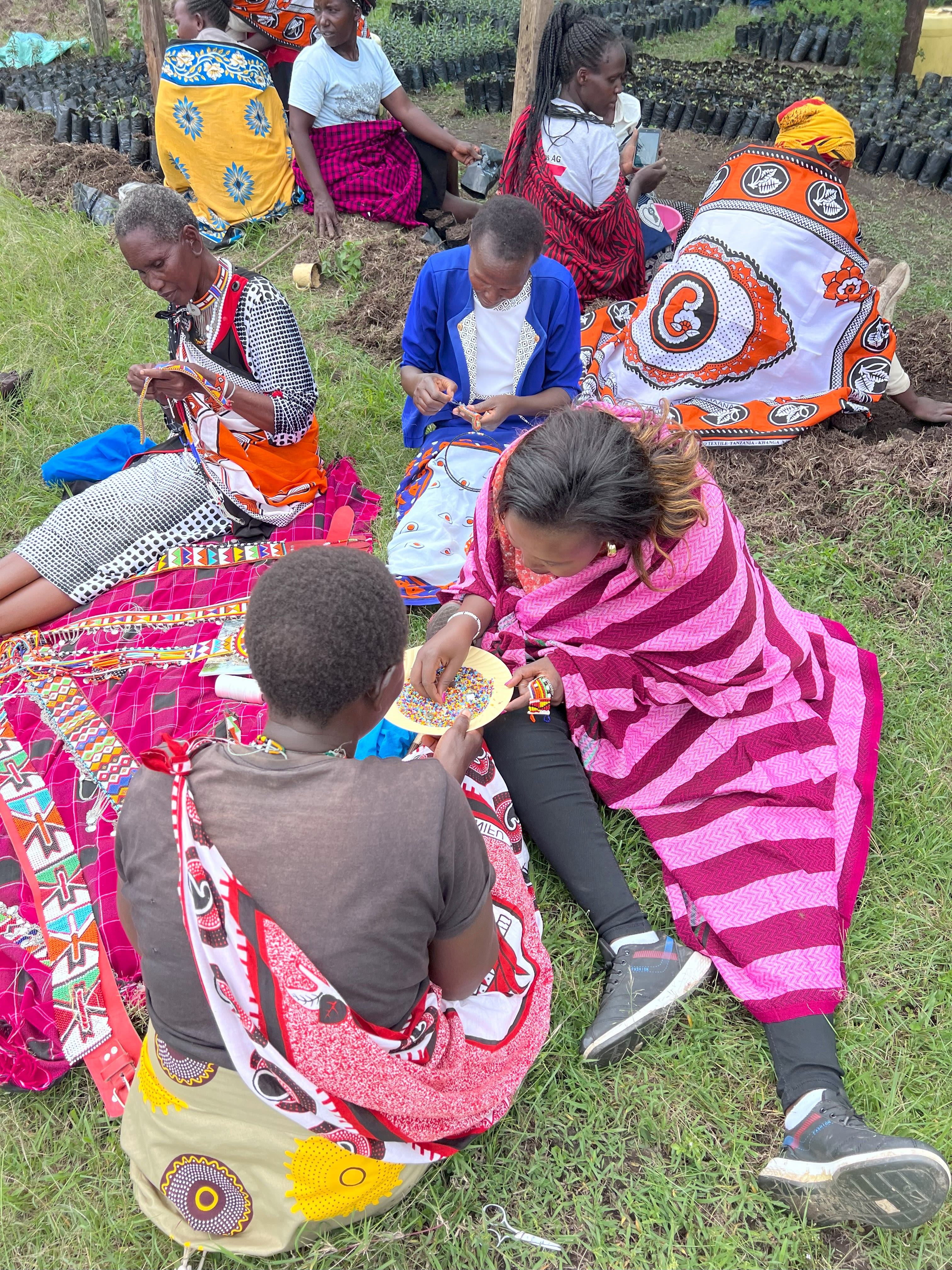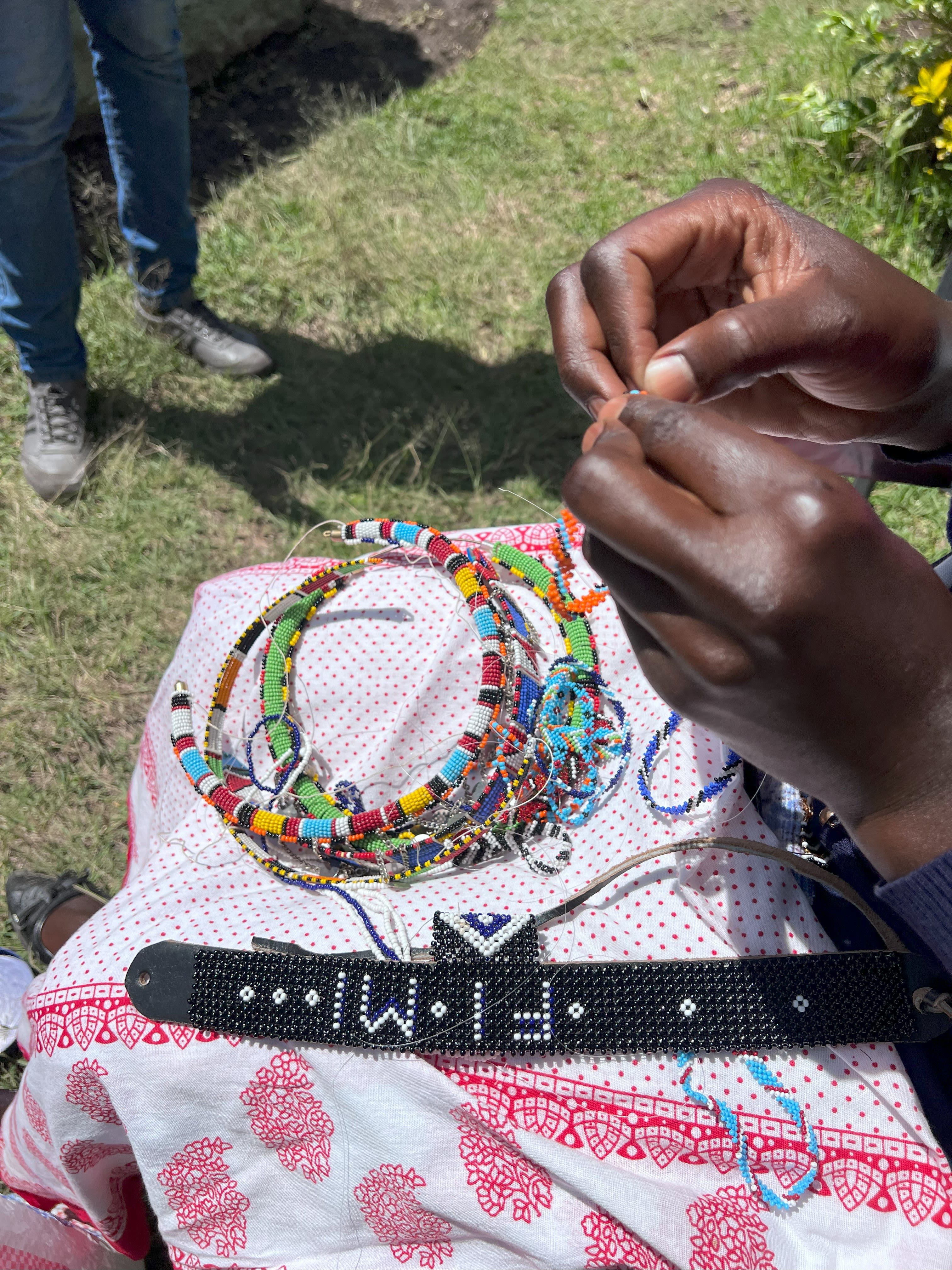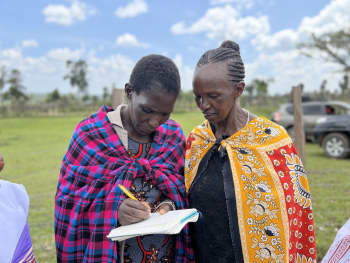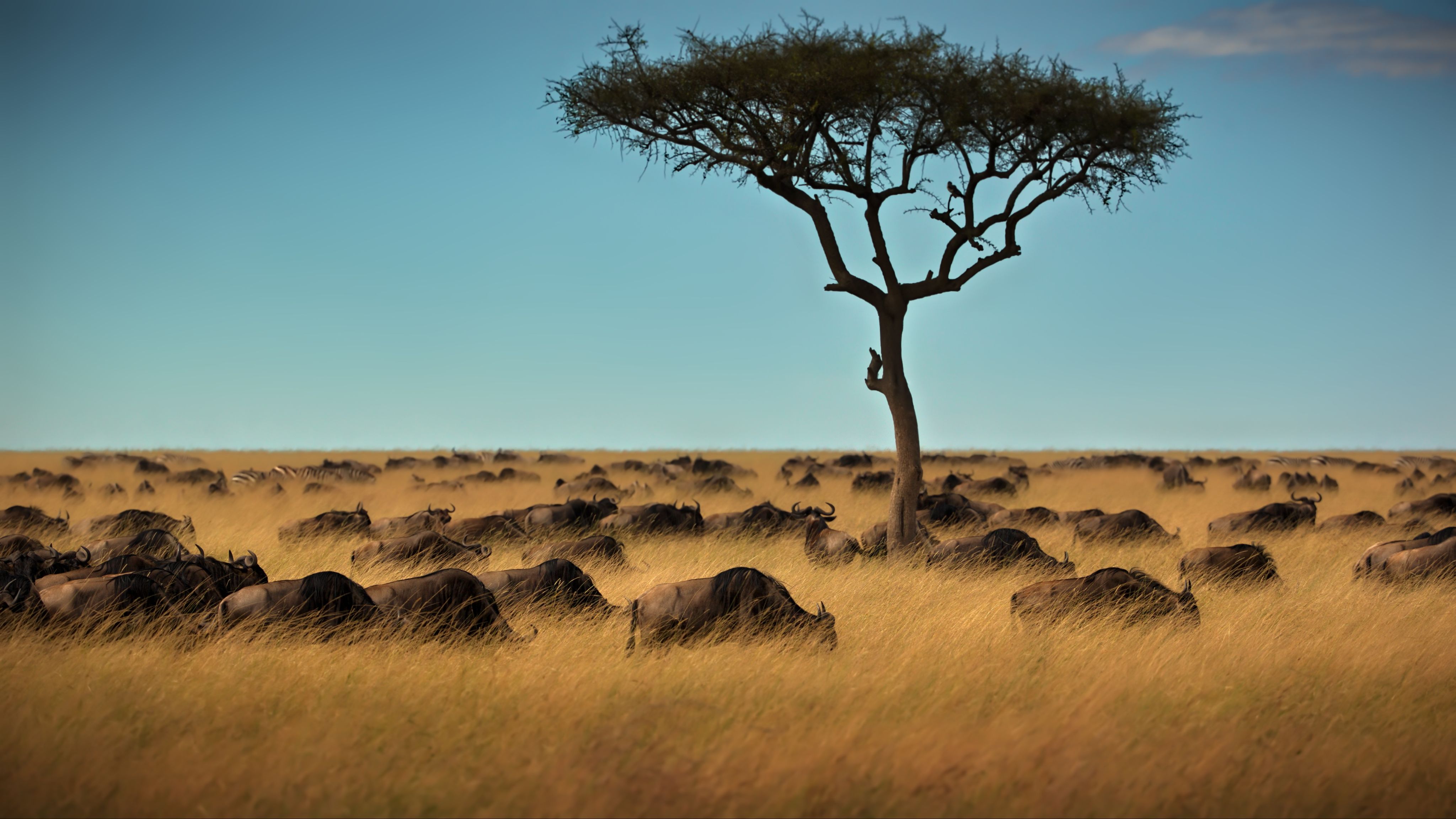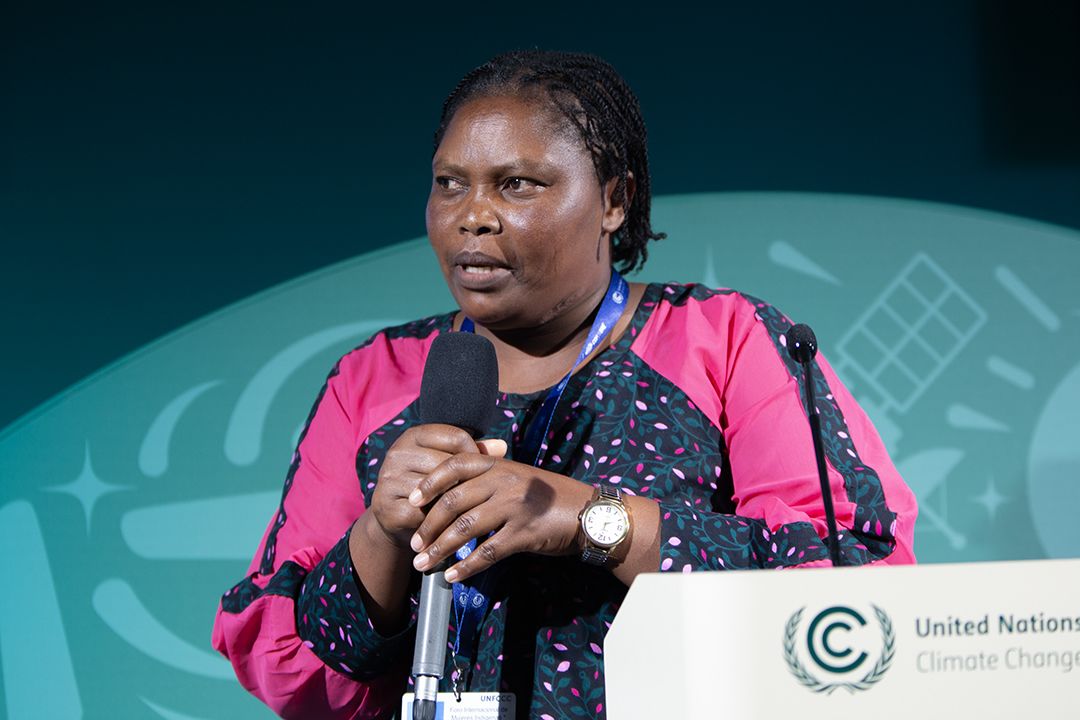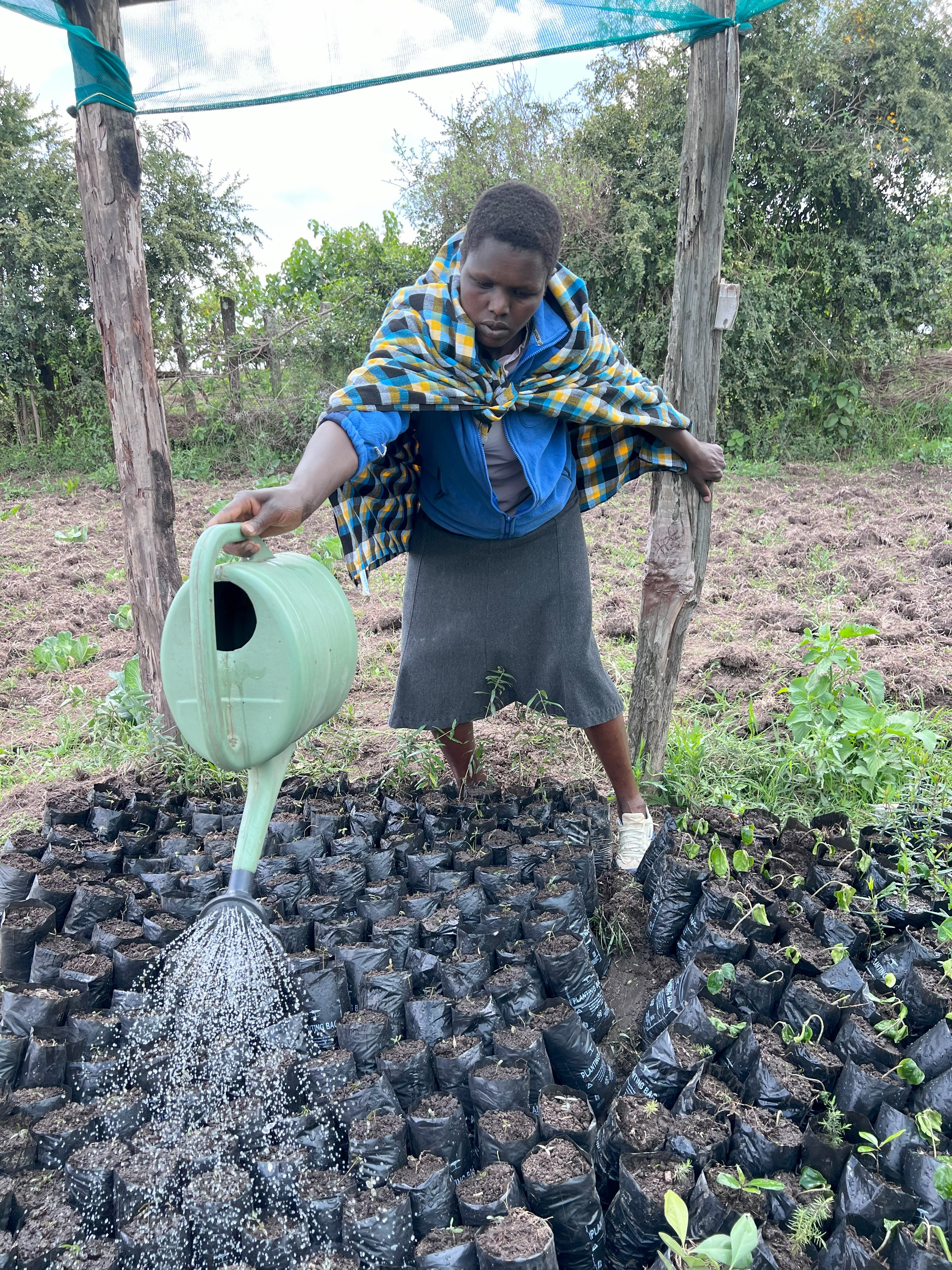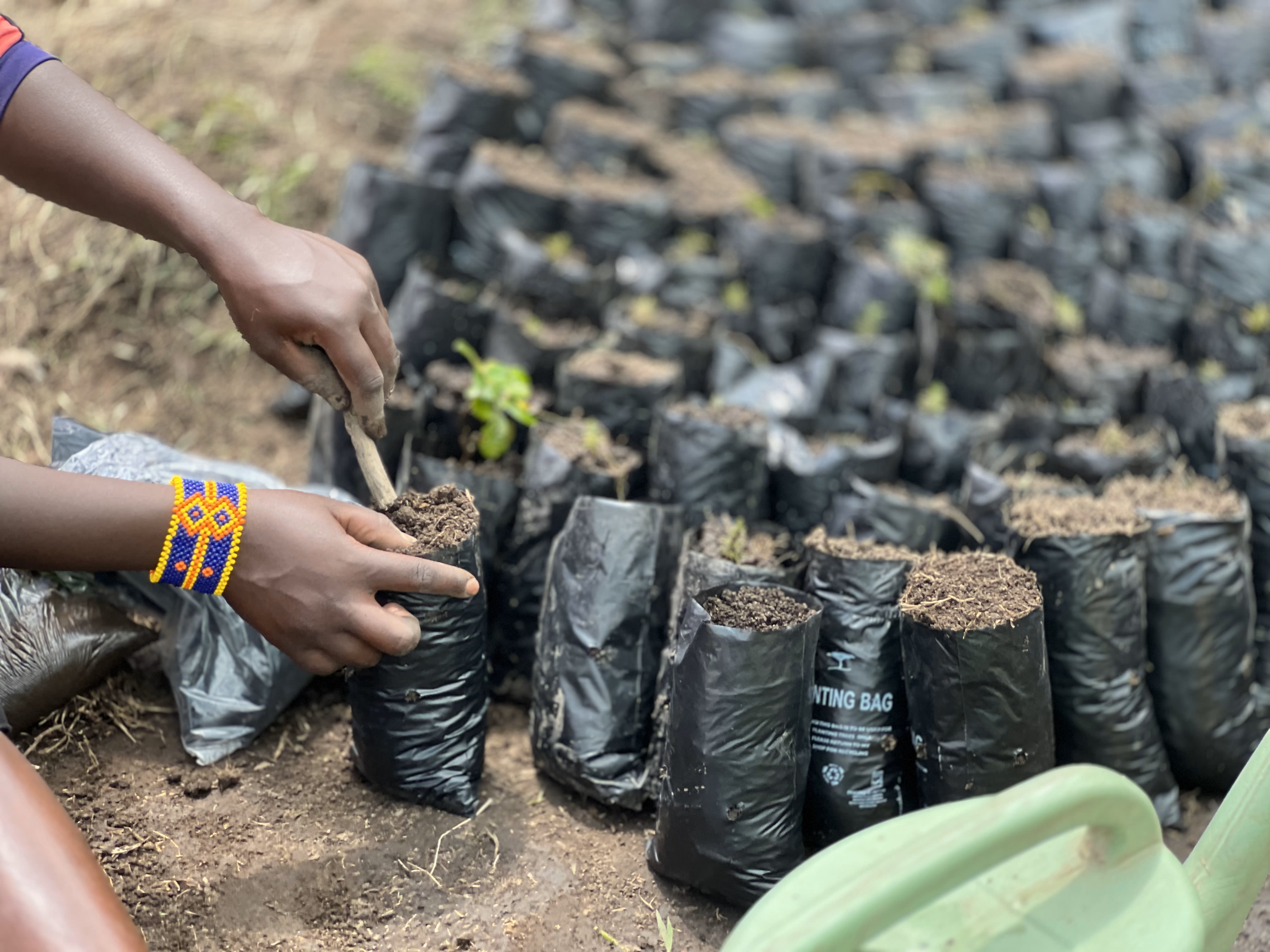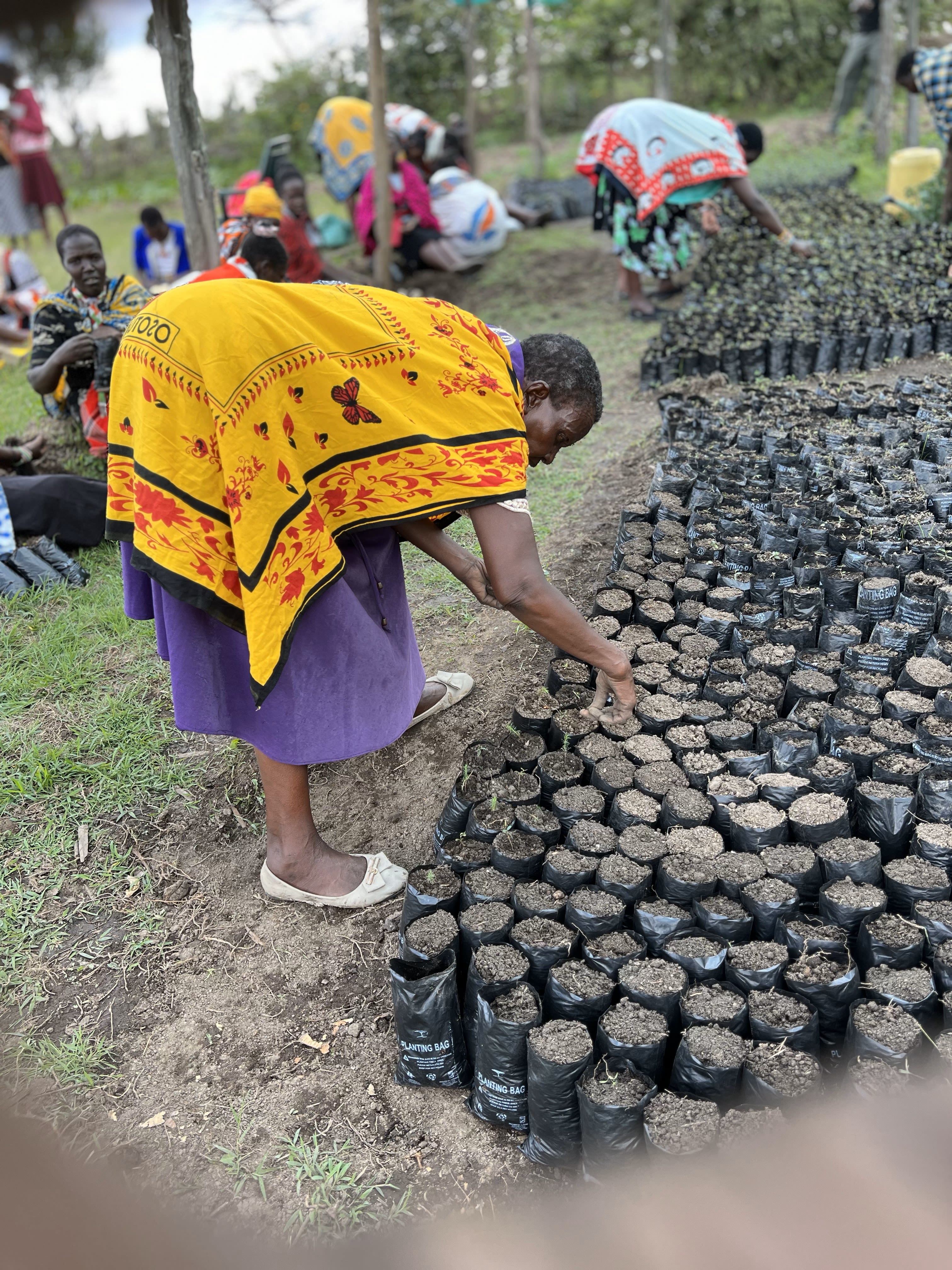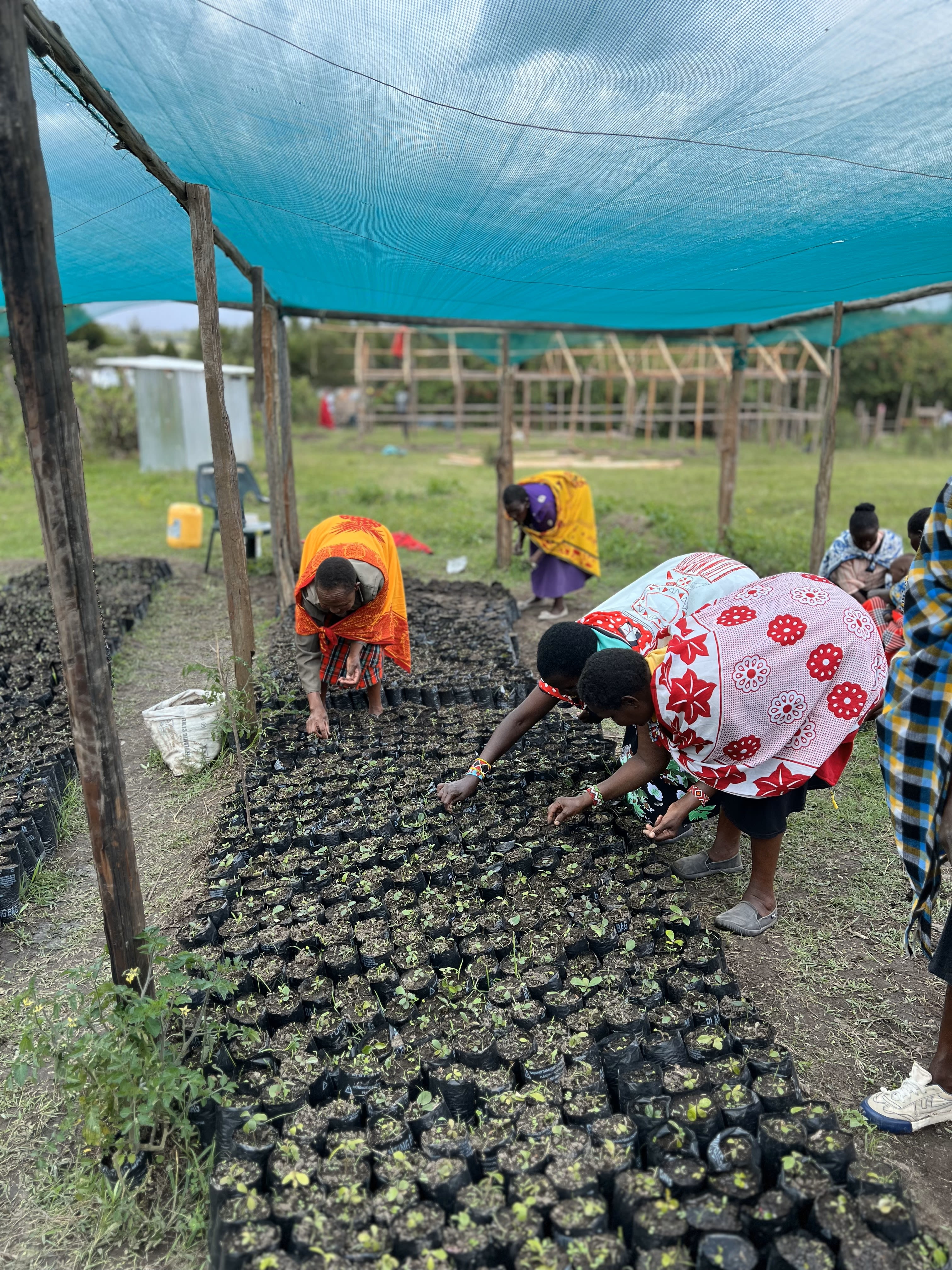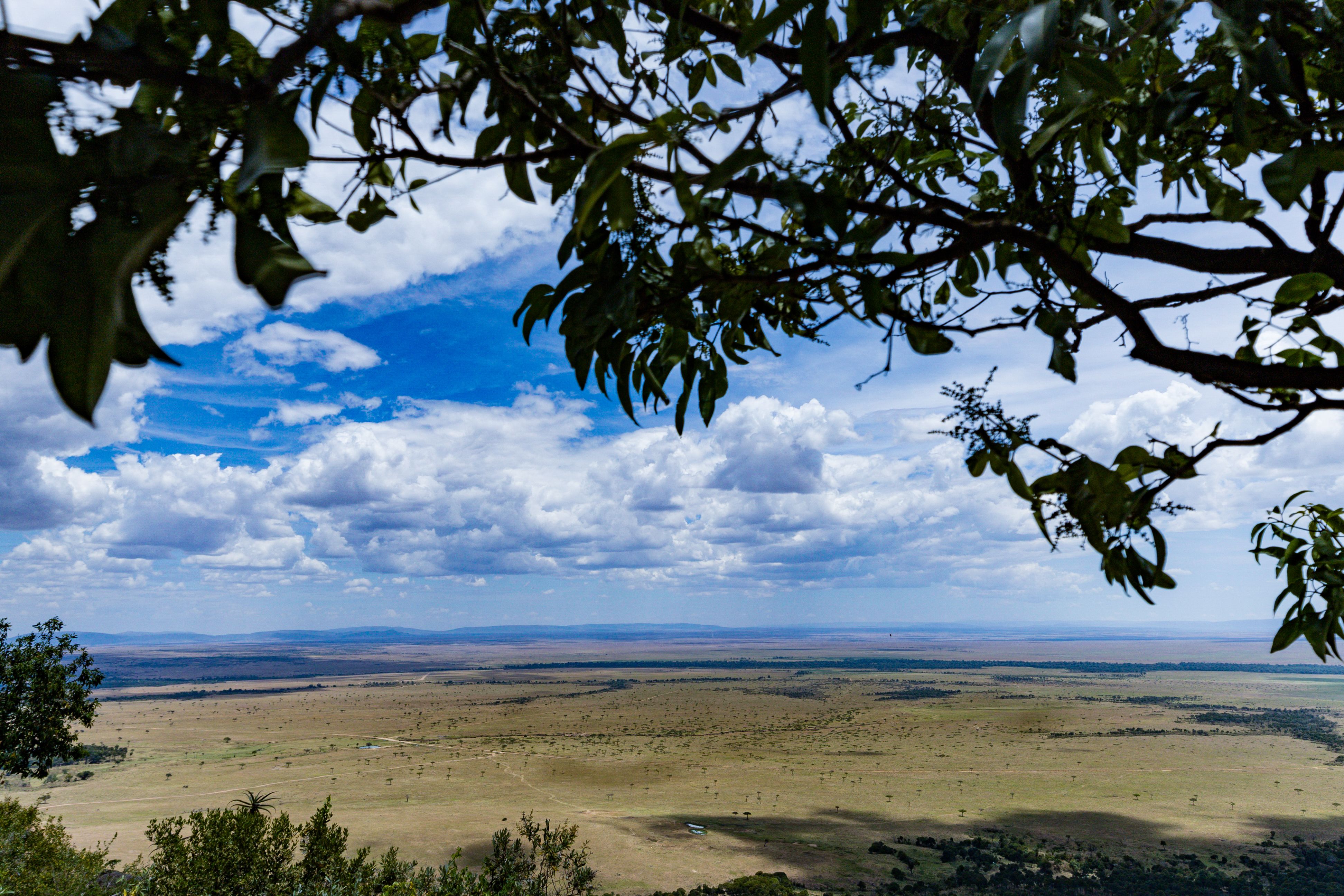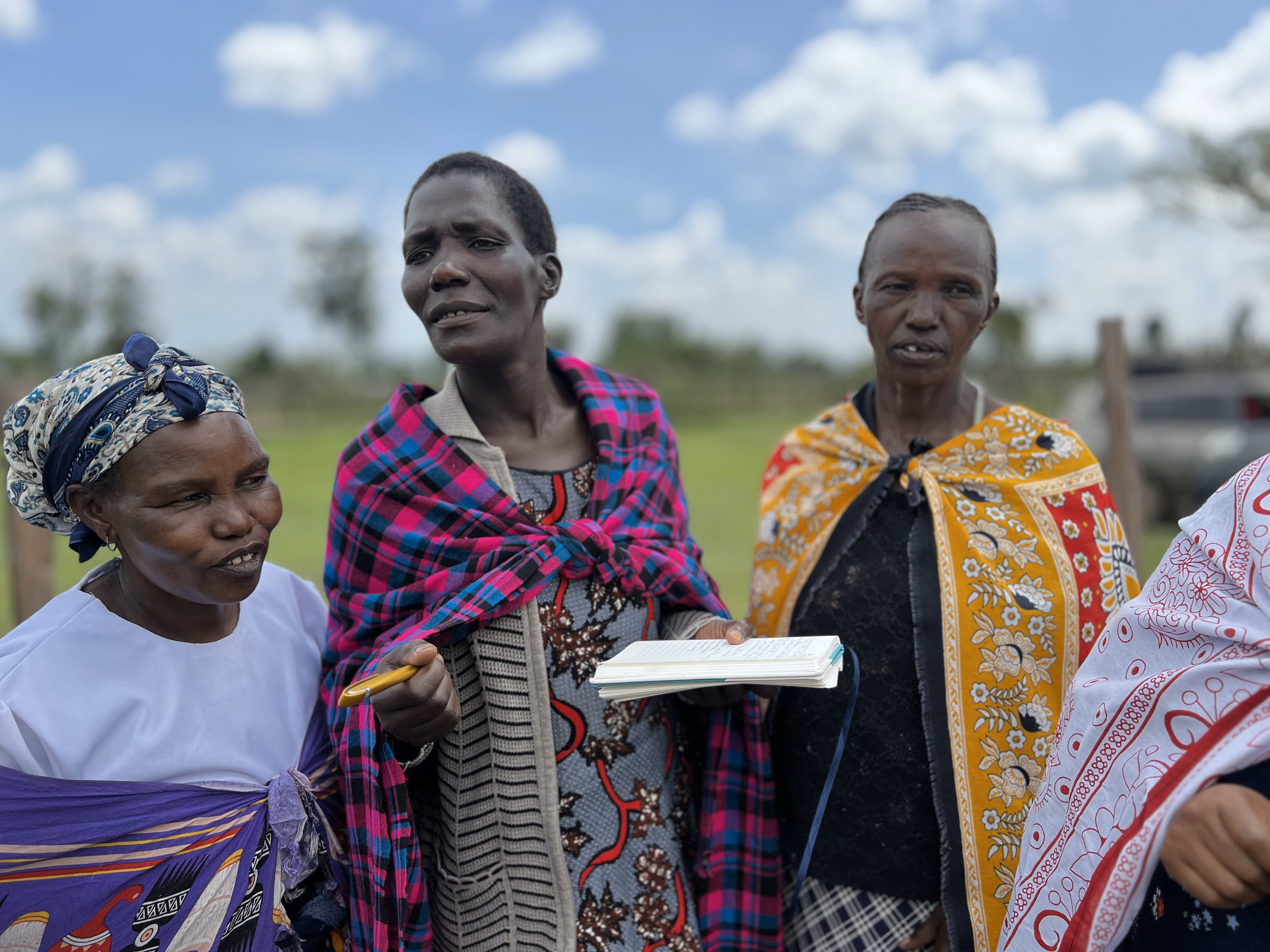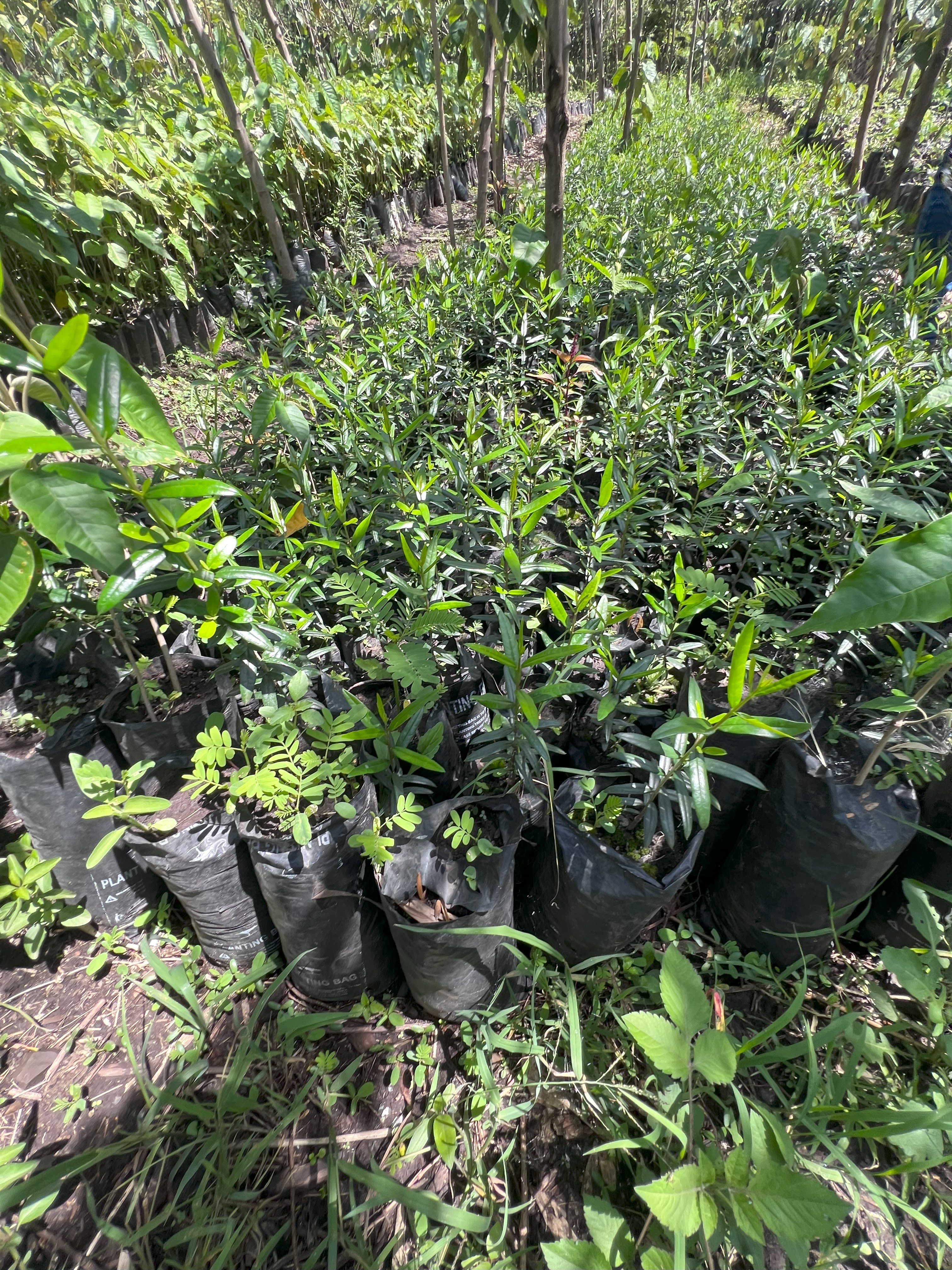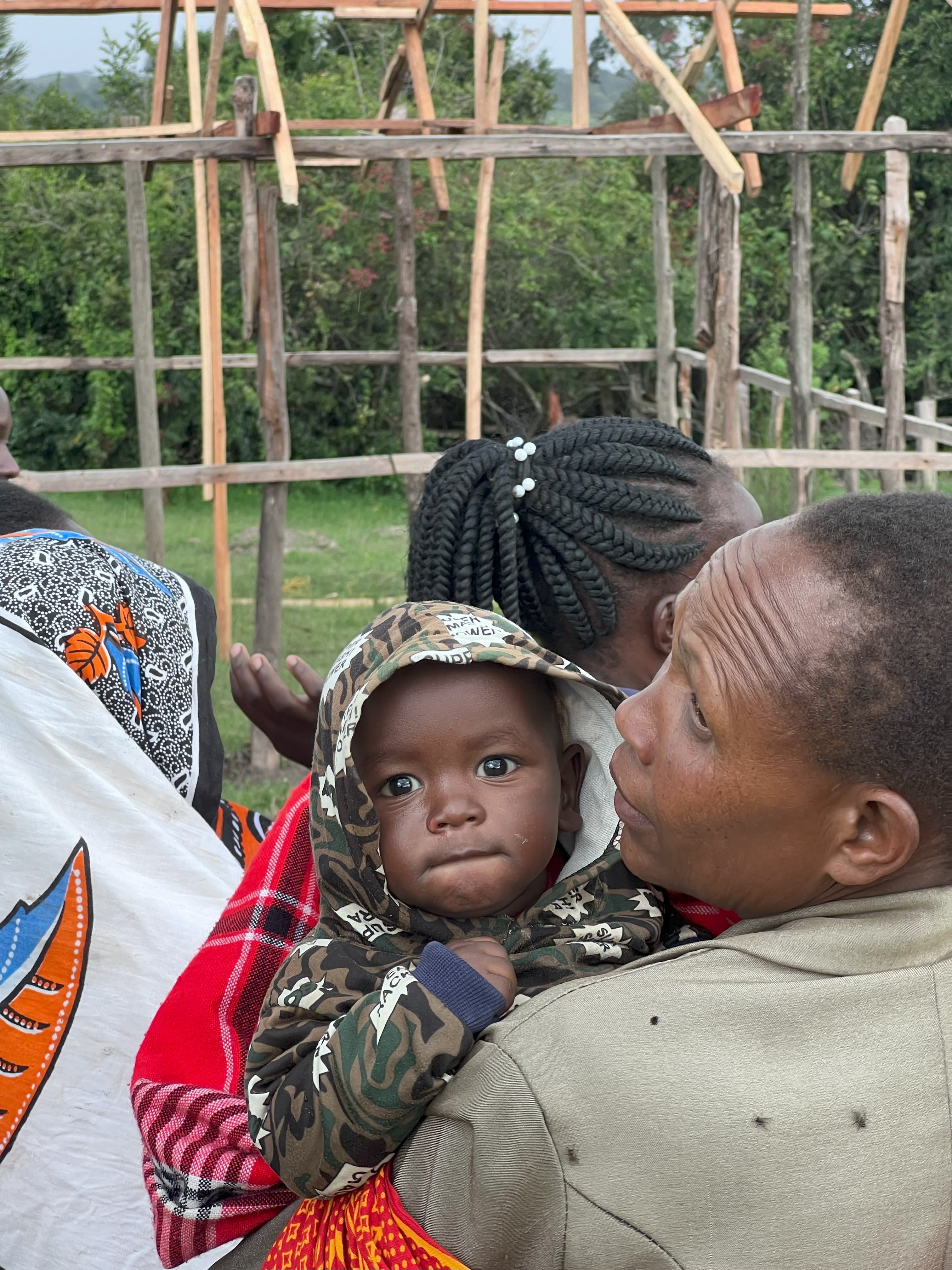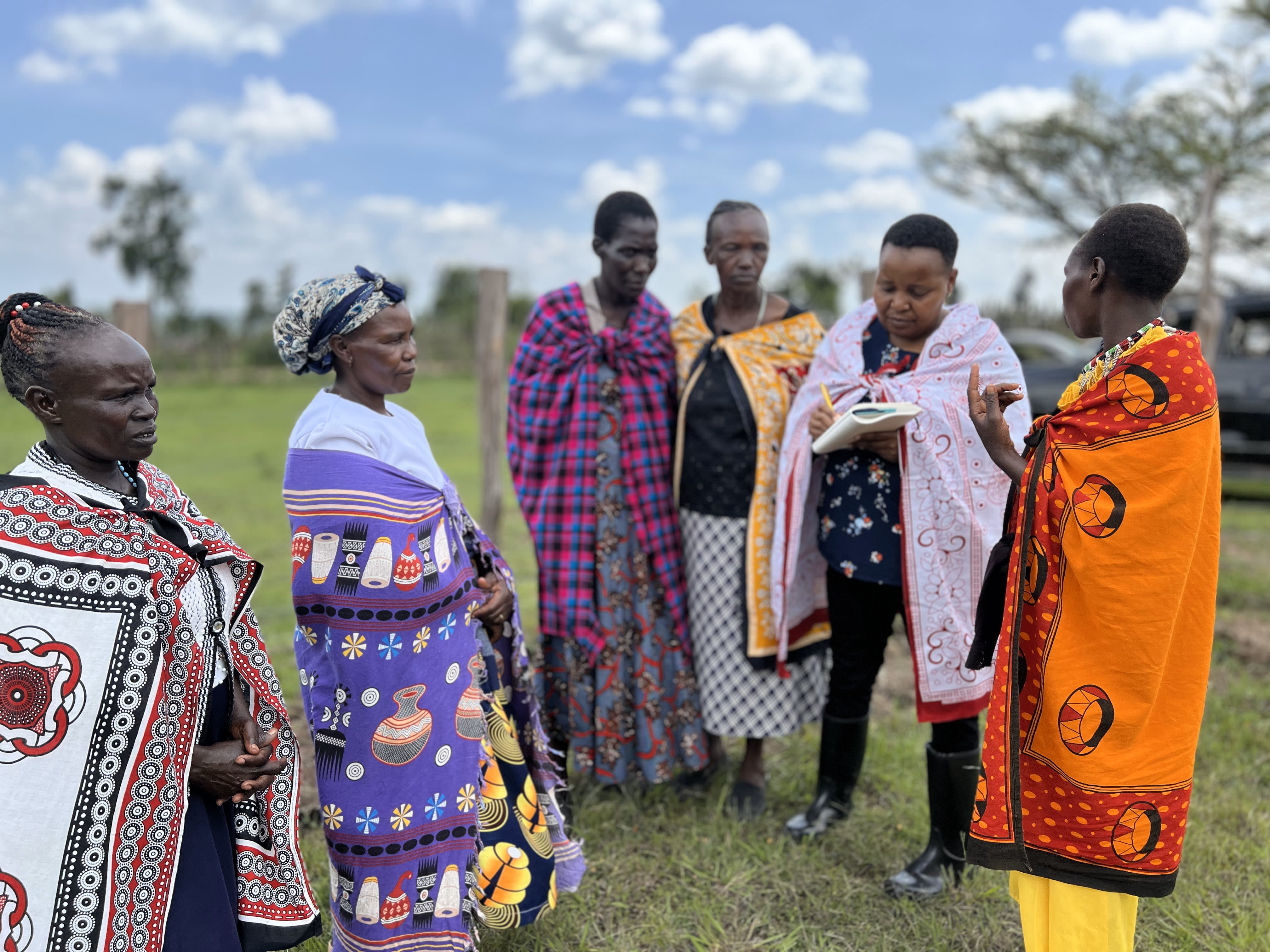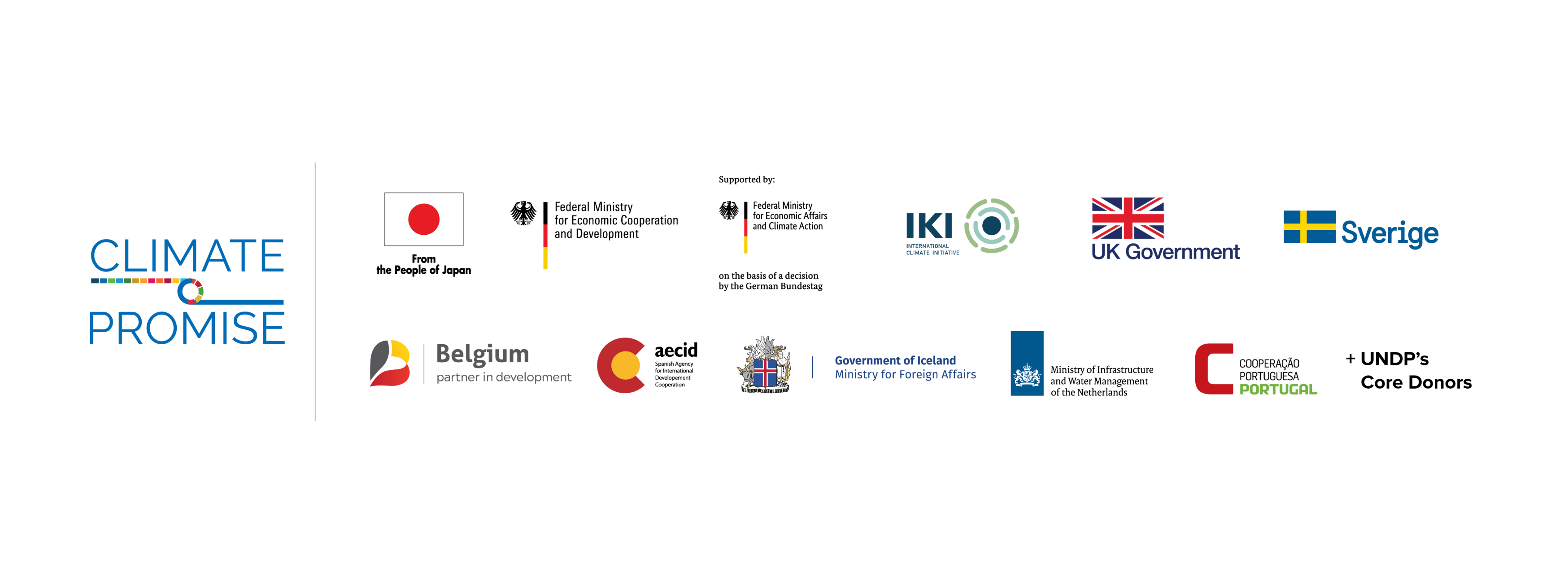Beads and trees: Indigenous women cultivating tradition and forest guardianship in Kenya
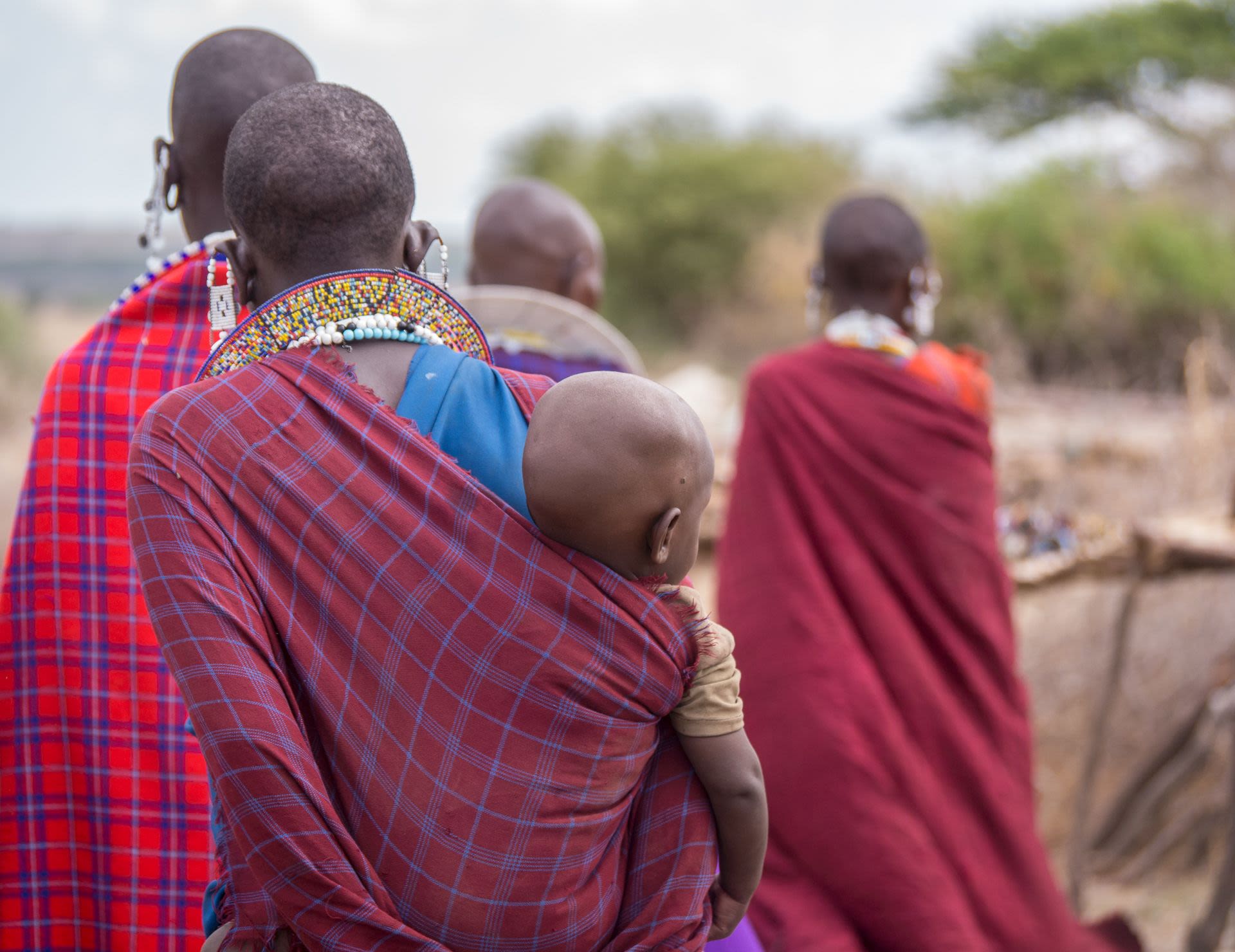
Each bead tells a different story. From the fiery reds symbolizing bravery to the deep greens evoking land and production and the blacks representing the struggles endured. In Maasai culture, the art of beading is traditionally handed down from mother to daughter. Every type of bead – whether made from glass, shell, seed, metal or plastic – carries symbolic meaning and is chosen carefully to convey specific messages. The colors and patterns of the beads denote aspects of identity, social status, age, and ceremonial significance.
About 200 kilometers west of Nairobi along the Great Rift Valley, in the town of Ololunga, a group of women gathers on colorful shuka blankets, their fingers weaving strands of multicolored beads into intricate patterns.
Elizabeth Murero is one of them: “We are happy because we are not idle. Staying busy with our work and being self-employed makes us more independent.” Murero heads the Olookuseroi Women’s group, a community-based organization focusing on income generation and sustainable land use practices.
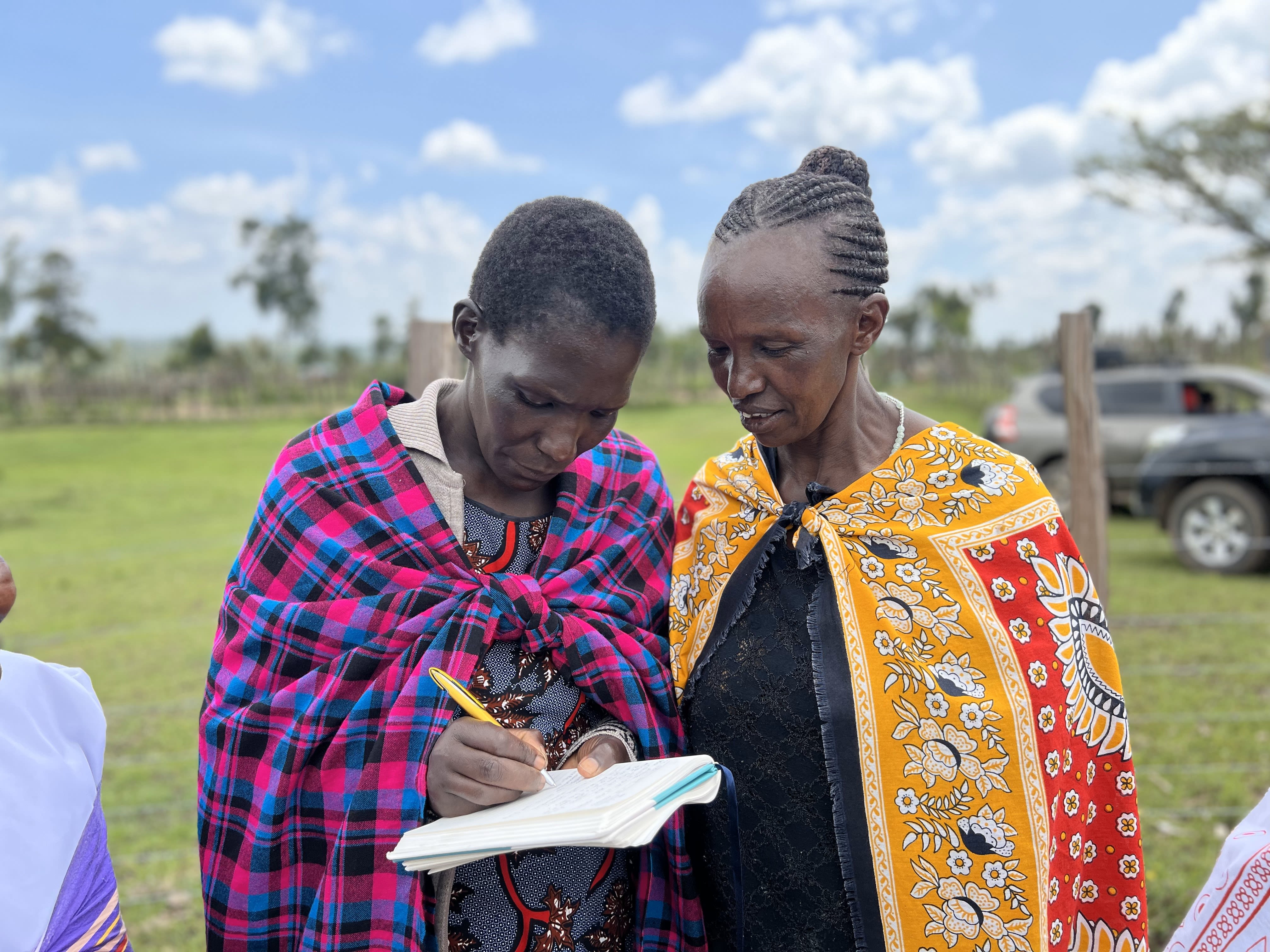
Water scarcity exacerbated by climate change and land degradation
Ololunga is situated in Narok County in the southwestern part of Kenya and predominantly inhabited by the Indigenous Maasai pastoralist communities, but also other Indigenous groups such as the Kipsigis and the Ogiek. With its savannah plains and vast rangelands, Narok’s economy revolves around agriculture and livestock rearing. Crops like wheat, barley, and maize are widely cultivated. Narok County is also the gateway to the Maasai Mara National Reserve, making tourism the main economic driver in the region.
The world-famous Maasai Mara is also known for its annual wildebeest migration.
The world-famous Maasai Mara is also known for its annual wildebeest migration.
The area also faces significant challenges, as Elizabeth points out.: “Our primary difficulty here is the scarcity of water.” Climate change is altering precipitation patterns and increasing temperatures. These effects are compounded by land degradation and deforestation, profoundly affecting the region's water cycles.
Long distances to water resources present a significant burden for women and girls, who often bear the brunt of this responsibility: “During dry seasons, our situation becomes dire as we rely on fetching water from a river located quite a distance away – nearly 20 kilometers. Despite efforts to dig wells, they tend to dry up quickly, leaving us with no choice but to make the arduous three-hour journey to and from the river to secure water,” she says.
Indigenous women uniting against dual marginalization and patriarchy
Murero’s organization is affiliated with the Paran Women’s Group, a network of 64 Indigenous women’s groups. Their activities include planting native trees, establishing kitchen gardens, producing clean and affordable energy through organic briquettes, collecting medicinal herbs, and beekeeping – all of which are aimed at generating alternative sources of income for the women.
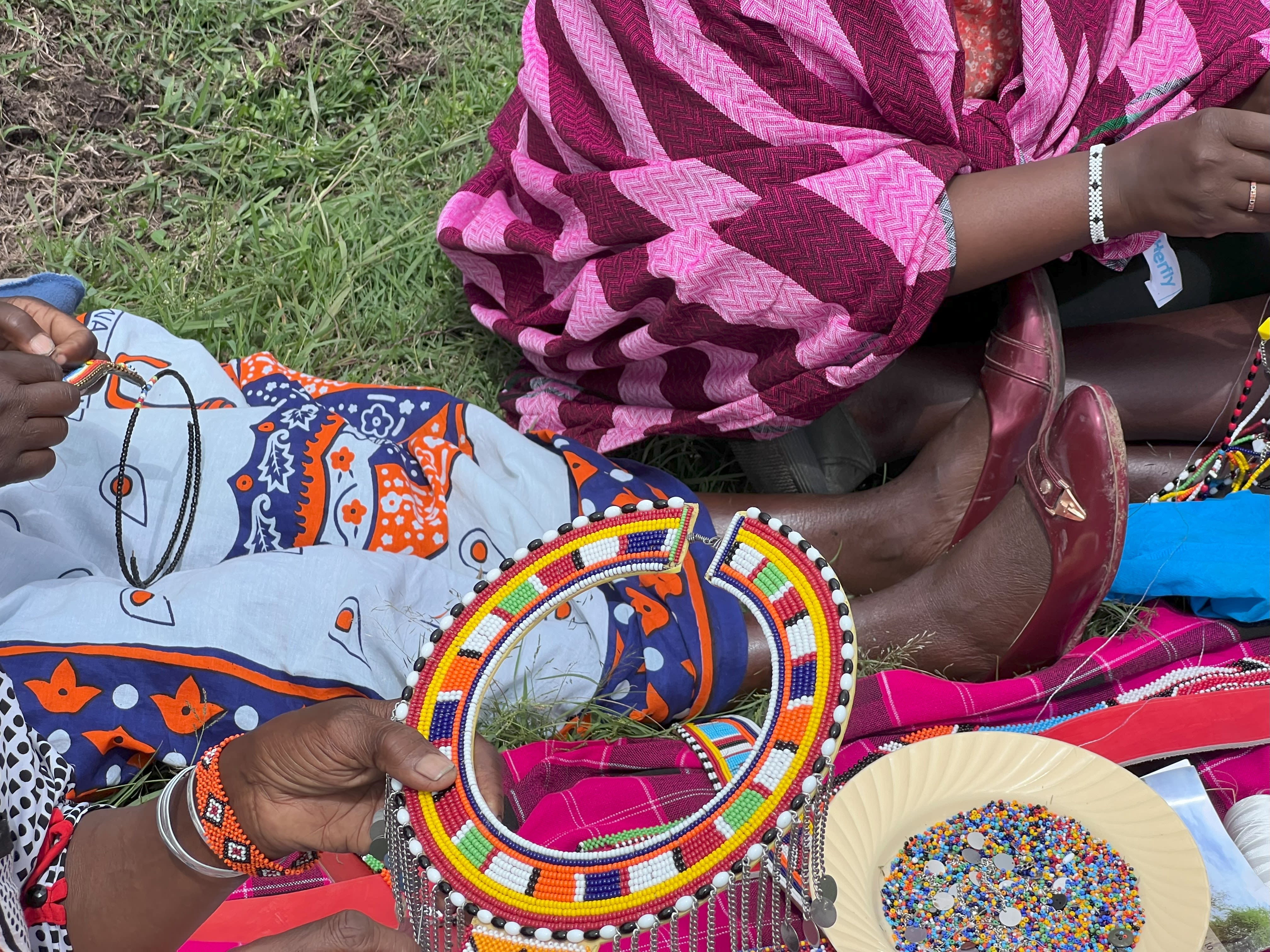
Naiyan Kiplagat, a mother of four, established the Paran Women’s group almost twenty years ago. Her network now engages with over 1,000 Indigenous women and girls, leading a variety of initiatives in water and food security, forest restoration, agroforestry, and offering psychosocial support for women confronted by diverse challenges. The Paran women have won several awards in the past years, including the Climate Award at COP28 for practicing climate-smart agriculture as well as the Gender Just Climate Solutions Award.
Navigating the socio-cultural environment is not an easy undertaking for Naiyan and the women in her group. A few years ago, she stated in an interview: “We encounter daily the challenge of patriarchy that denies women the right to participate in decision-making. As Indigenous women we also face double marginalization. Influencing policies, budgets and plans to ensure that they are gender responsive is a task that requires long-term awareness and advocacy.”
To overcome these challenges, the network focuses on raising awareness among Indigenous women about their rights as outlined in national laws and forming partnerships with other like-minded organizations.
Naiyan Kiplagat founded the Paran Women’s group almost twenty years ago. Photo by IISD/ENB
Naiyan Kiplagat founded the Paran Women’s group almost twenty years ago. Photo by IISD/ENB
Cultivating native trees and knowledge transmission
Drawing on their traditional knowledge, the Paran women have united to plant 120,500 tree seedlings across Narok South sub-county, encompassing primary schools, farms, and riverbanks.
Naiyan says: “We are fortunate to recognize the significant impact traditional knowledge has had on our lives. We have established tree nurseries that cultivate Indigenous trees. These nurseries have not only helped women support their families but have also enabled them to educate their daughters, especially in the face of climate change, which has adversely affected many families.”
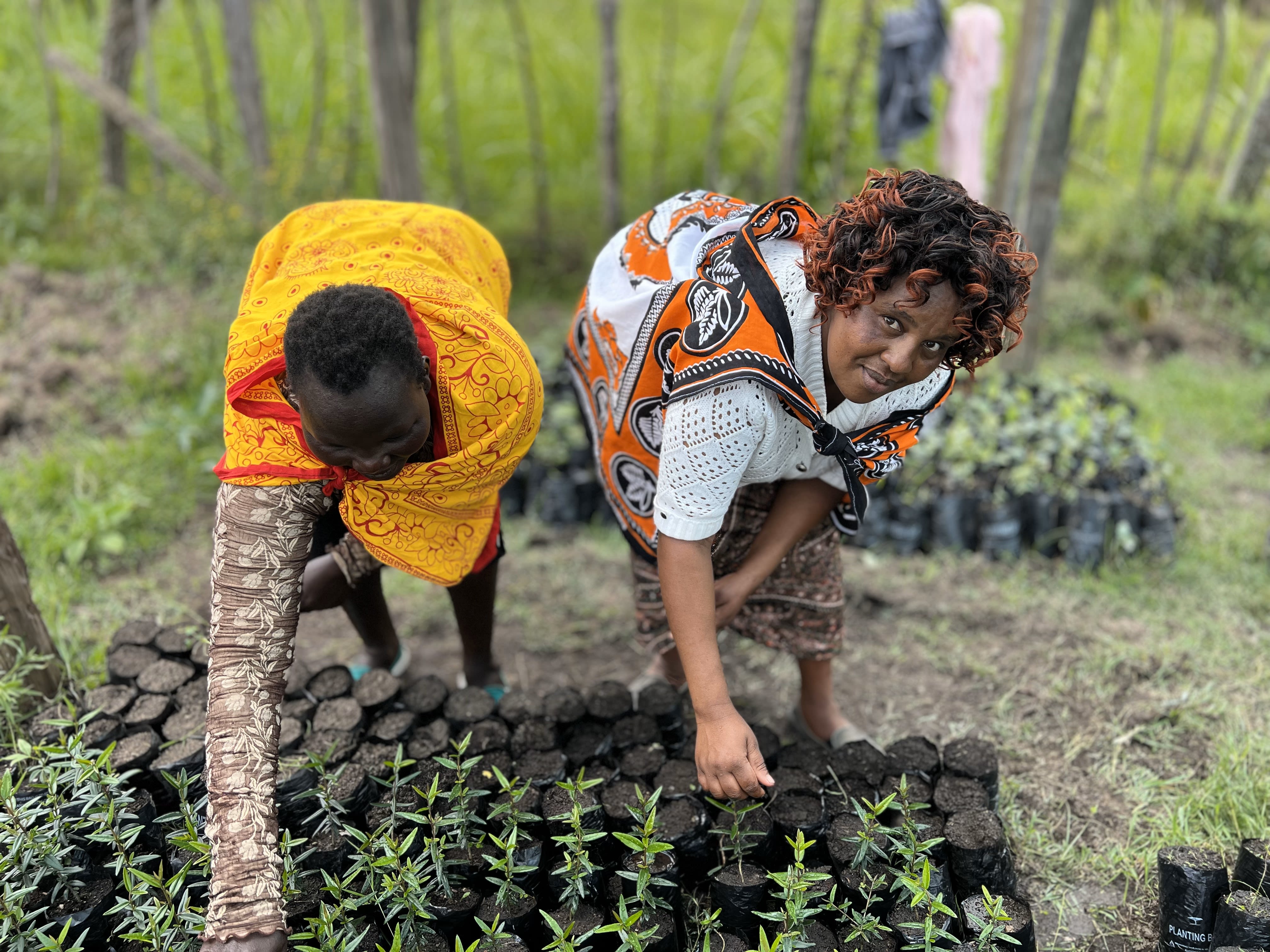
Paran’s tree nursery and seeds catalogue features assorted seeds and native tree species which have been planted, such as Olea africana, Dombeya torrida, Sesbania sesban and Teclea nobilis, among others.
Kirotiana Kipas, a member of the network, says: “We take great pleasure in planting trees, as they significantly improve our environment. We also reap the benefits of our efforts. Additionally, selling these trees helps us afford the school fees for our children.”
Medicinal plants and forest restoration
Passing on knowledge about medicinal plants has been reinvigorated through tree planting as well, as another member, Noonkowa Koini, underscores: “The trees we plant provide numerous benefits, some of them have medicinal properties. For instance, we use them to treat our children when they catch colds. Women also utilize tree-derived remedies for stomachaches, back pain, and other ailments. The trees have become incredibly helpful to us.”
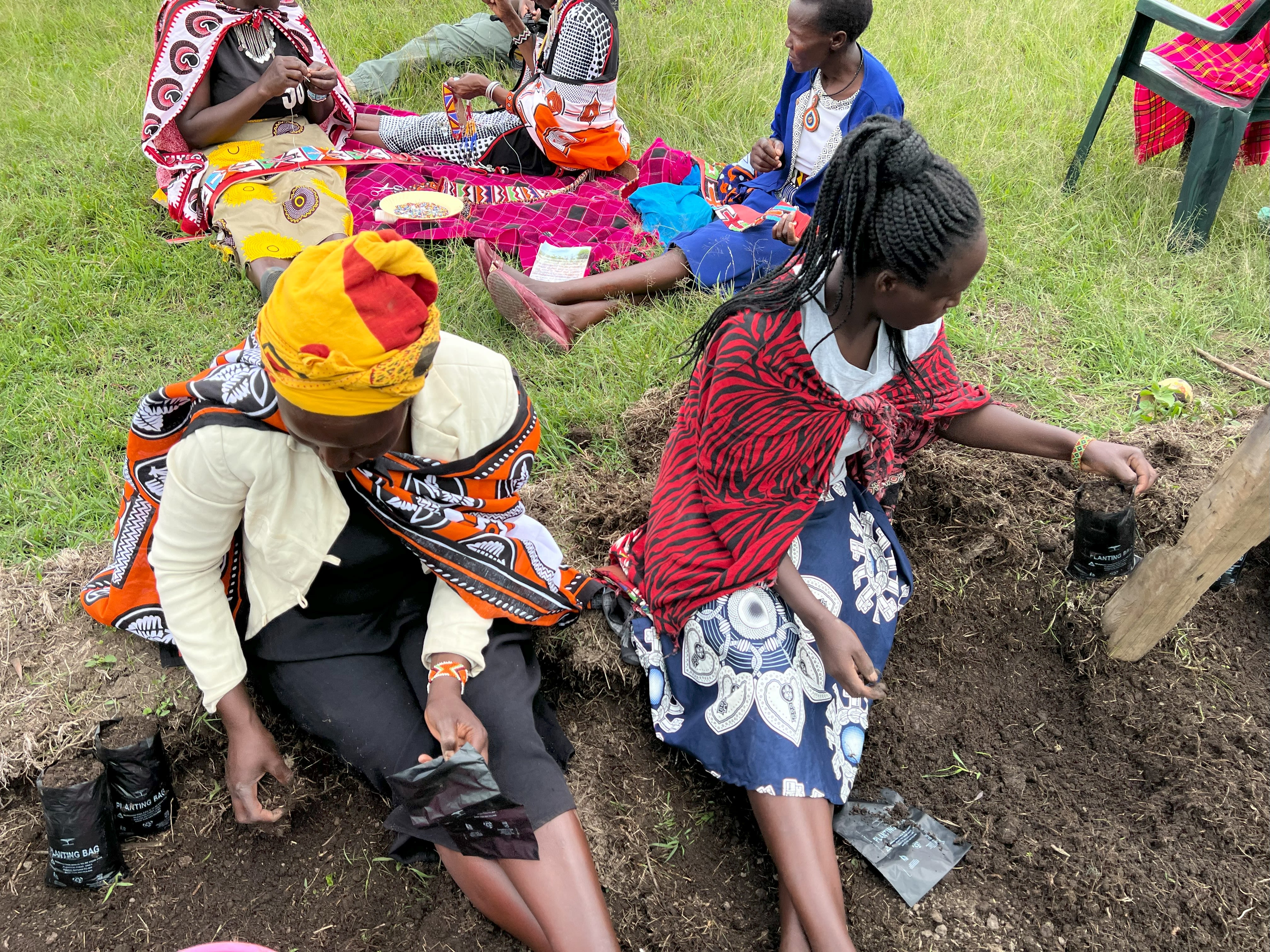
Planting native species generates not only additional income and health benefits for the women – through this work they have restored degraded areas, such as parts of the Mau Forest Complex, which is a crucial water catchment area for the region. Due to illegal logging, charcoal production and expansion of agriculture, the Mau Forest has experienced significant deforestation over the past years. With their restoration activities, the Paran Women’s group has created additional buffer zones that help protect intact forest areas – crucial efforts to preserve the ecological health of the entire Rift Valley, a megadiverse region which harbors a wealth of endemic species of flora and fauna.
The women’s activities are as multifaceted and intricate as their beadwork. As guardians of seeds and forests, the Paran women promote social and ecological well-being within their community and beyond – as a legacy for future generations.
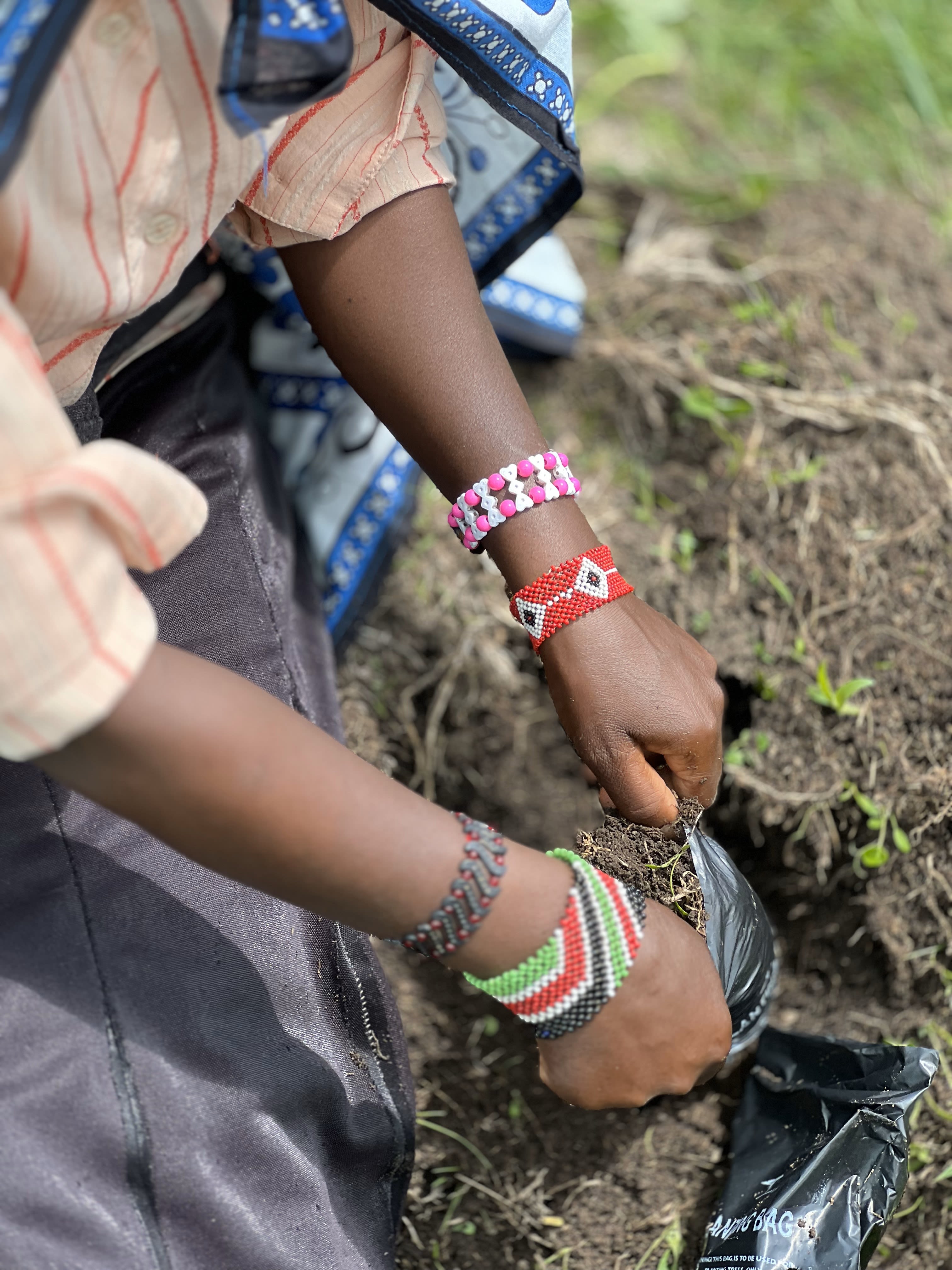
Photo copyright: Ecomedia Kenya - others as indicated.
Story background
Between 2023 and 2024, UNDP has supported ten Indigenous and local community organizations in Kenya, under the Climate Promise Forests, Land and Nature area. The ten organizations received grants through generous funding from the UK Government – one of them being the Paran Women’s group. Learn more about these projects led by Indigenous Peoples and local communities.
About UNDP’s Climate Promise
UNDP’s Climate Promise is the largest global offer on NDC support, covering over 120 countries and territories, representing 80 percent of all developing countries globally – including 40 least developed countries, 28 small island developing states, and 14 high emitters – to enhance their Nationally Determined Contributions under the global Paris Agreement. Delivered in collaboration with a wide variety of partners, it is the world’s largest offer of support for the enhancement of climate pledges.
Learn more at climatepromise.undp.org and follow at @UNDPClimate.
